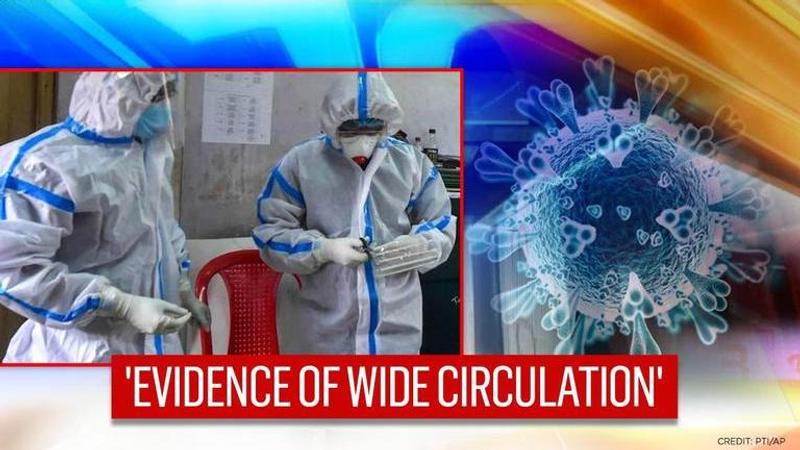Published 18:30 IST, February 9th 2021
WHO team finds COVID-19 infection clusters 'even outside seafood market' in December 2019
Peter Ben Embarek, a Swiss food safety scientist who leads WHO team of experts visiting Wuhan, has said that they have found “evidence of wide circulation”.

Peter Ben Embarek, a Swiss food safety scientist who leads the WHO team of international experts visiting Wuhan, has said on February 9 that they have found “evidence of wide circulation” in China in December 2019. During a press briefing from Wuhan, Embarek said that novel coronavirus infection clusters in Huanan seafood market but also outside the market. Earlier, the World Health Organization (WHO) mission visiting China to investigate the origins of the novel coronavirus has said on Tuesday that the animal source of the virus is “not yet identified” and confirmed that there is “no indication” of COVID-19 in Wuhan before December 2019, when it was first reported.
“We have found evidence of wide circulation in December 2019, not just infection clusters in Huanan seafood market, but the virus also circulated outside the market”, Peter Ben Embarek, a Swiss food safety scientist who leads the WHO team.
Earlier, Peter Daszak, a New York-based zoologist assisting the WHO-sponsored mission, had said that the team had derived ‘important clues’ about Wuhan seafood market’s role in the pandemic. Talking to Bloomberg News from the central city of Wuhan through zoom call, Daszak said that the 14-member group worked in collaboration with Chinese experts and visited the key spots in the region where the novel coronavirus first mushroomed in December 2019 before its outbreak. He said the team of international experts have visited the research centres to uncover “some real clues about what happened”. These investigators are attempting to find out how the SARS-CoV-2 virus, whose closest relative come from bats at least 1,000 miles away, spread drastically in China’s Wuhan before turning into the worst outbreak in more than a century.
‘Beginning of deep understanding’
Daszak had reportedly said that investigation heralds a turning point in COVID-19 pandemic mitigation. On February 5, he said, “It's the beginning of hopefully a really deep understanding of what happened so we can stop the next one” before adding “that’s what this is all about -- trying to understand why these things emerge so we don't continually have global economic crashes and horrific mortality while we wait for vaccines. It's just not a tenable future.” Meanwhile, the COVID-19 global infections have surpassed 106.5 million with over 2.3 million deaths, according to Johns Hopkins University tally.
Updated 18:30 IST, February 9th 2021




